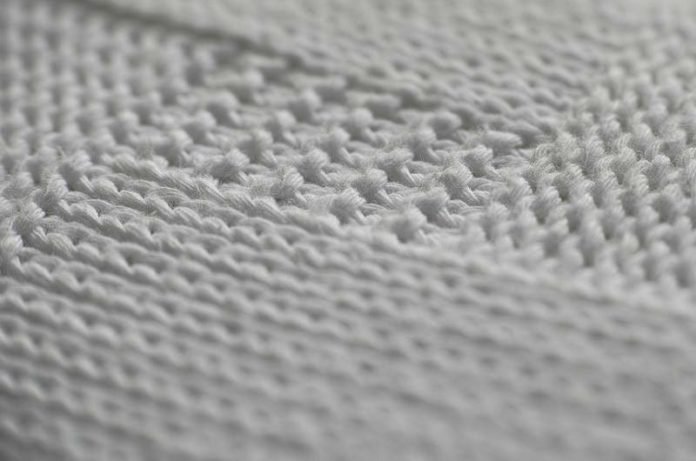The advancements in prosthetics and assistive devices have made life simpler for many. Development of artificial muscles, using cellulose fibers and conducting polymers, can have a seamless improvement in such human-machine interaction.
Technological advancements in microelectronics, artificial intelligence, and material science have resulted in giant leaps for the development of exoskeletons, robotics, and prosthetics. Whether it is enhancing human abilities or assisting the disabled, robotics have made life easier in many ways. Typically, these exoskeletons are powered either by electric motors or pneumatic systems. Although they provide a fast response and high power, these systems are noisy, stiff and heavy, and harder to assimilate in daily life.
Identifying the need for a softer, more life-like artificial muscle to power prosthetics and improve their user-acceptance, researchers have developed a simple and elegant muscle by weaving and knitting together cellulose fibers coated with conducting polymers. The details of their research can be found in Science Advances, published January 25th, 2017. As a result of their efforts, a new softer and compliant muscle is available for use to power artificial limbs. The researchers have named these artificial muscles as “textile actuators”.
Harnessing the technology used in textile processes, researchers weaved together flexible and strong cellulose yarn that could be stretched and compressed with ease. They then coated the woven fabric with electroactive (conducting) polymers that are sensitive to low potentials (0.5-1V). As the yarns are woven in parallel, the output force increased, indicating a direct proportionality between the number of yarns and force exerted by the artificial muscle. In order to increase the elasticity and strain bearing ability of the muscle, a stretchable fabric (elastane) was woven into the muscle. This increased the strain bearing capacity to 53 times the original fabric. Extremely thin copper wires were woven with the fabric to test and enhance conduction. The efficient weaving and knitting techniques gave the fabric stability, resulting in less fatigue and a more stable operation.
This artificial muscle can be manufactured at a large scale using the existing textile production technology. Considering the weight, elasticity, and overall performance of this textile actuator, it can prove to be an amazing addition to the growing artificial limb industry, and can make wearable technology more comfortable and accessible in daily life. In the future, sensing yarns can be added to the muscles to mimic the sensing capability of human muscles. The weaving and knitting patterns and structures can also be modified for specific applications. The advent of textile actuators/artificial muscles can have a huge impact on the robotics and healthcare industry.
Written By: Anuja Kulkami, Biomedical Engineer



